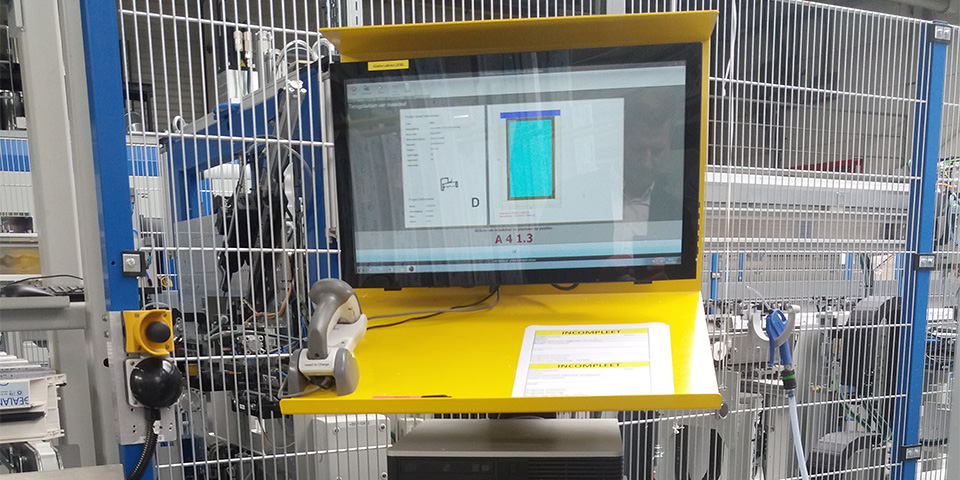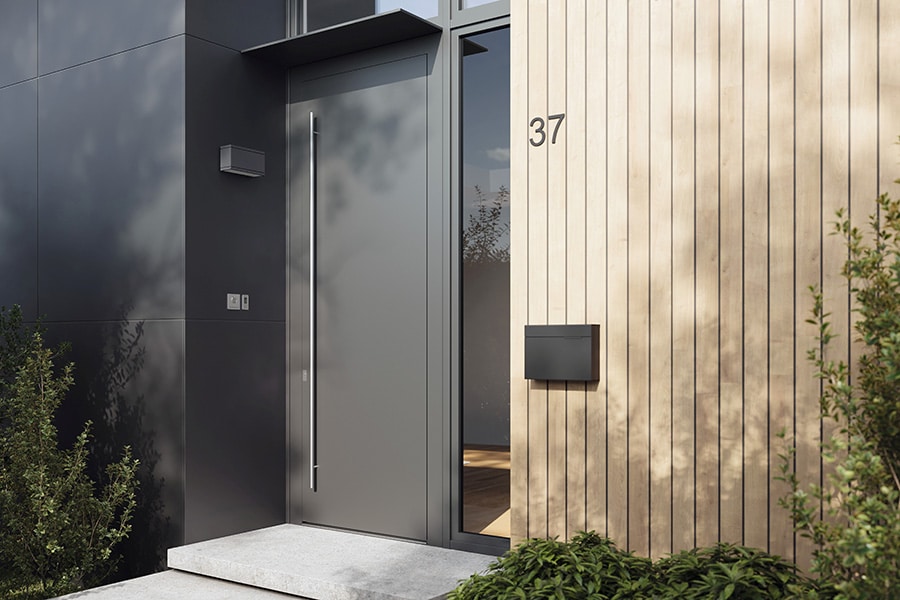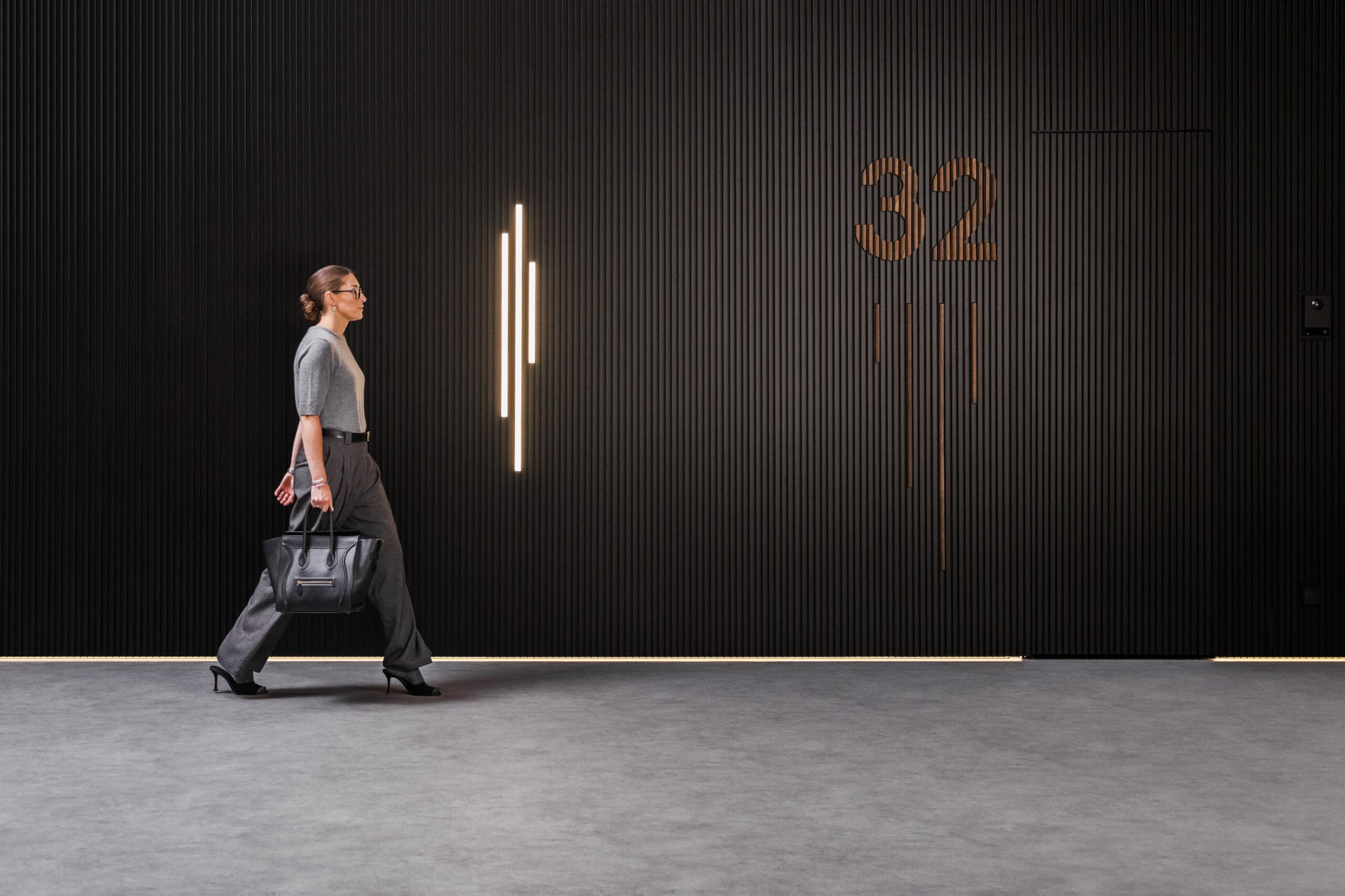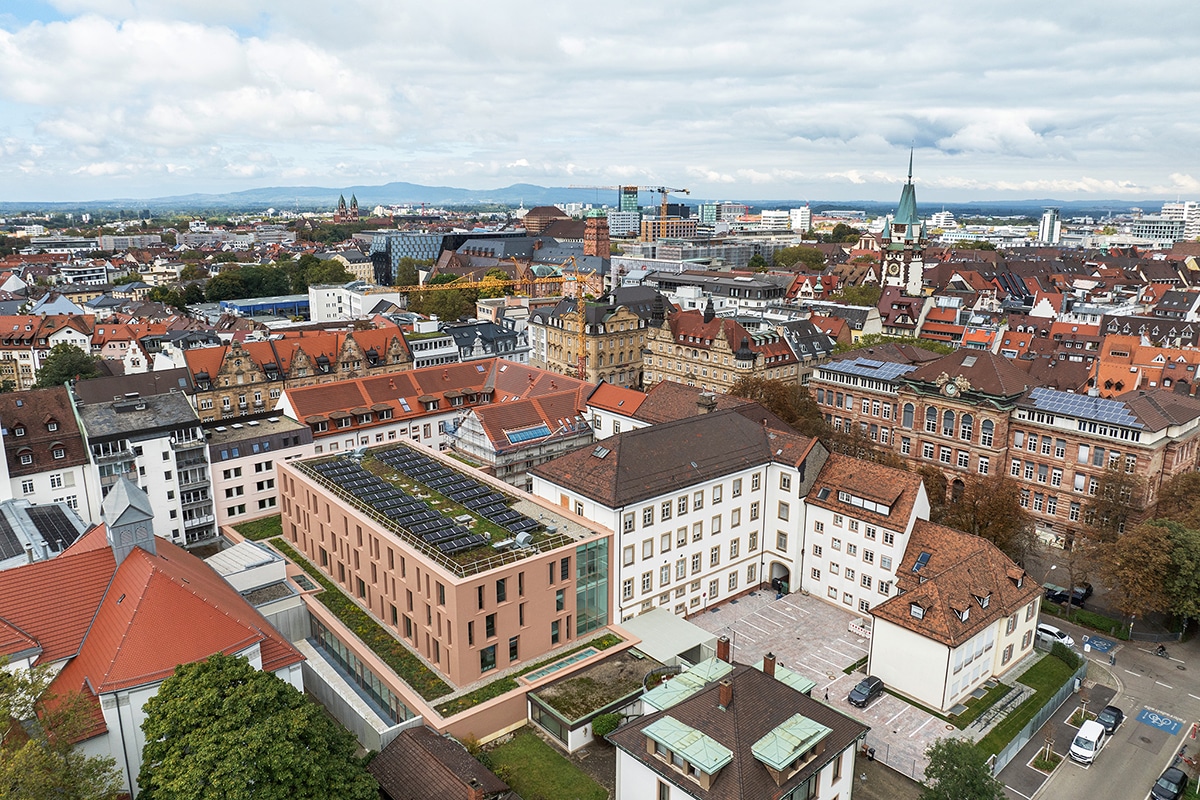
From the 'smart factory' to the 'visual factory'
Everyone is talking about "Industry 4.0," a trend of automation and data exchange in industrial manufacturing techniques. In joinery shops, too, the production process can be controlled online. For years, Techwin has specialized in developing software to automate carpentry shops. At Polyclose, the company emphasizes not only digital control, but also visualization of the production process: from the "smart factory" to the "visual factory.
The 'smart factory'
Controlling the shop floor online is done digitally, without paper. Parts are given a unique code and scanned at the workstation. This can be with a barcode or even an RFID tag.
The parts are recognized in this way and therefore machine and production workers know what to do.
"The digitization of information offers, during the production process, numerous advantages," says André De Weerdt, manager of Techwin. "Good control over the operational process is crucial for efficiency, delivery reliability and ultimate customer satisfaction. Through permanent feedback from the shop floor to central control, priorities can be dynamically adjusted. If the commercial planning is broadly defined, you can plan more deeply and more specifically on the shop floor. It is important here that the sequence of the various production steps and their mutual dependence are clear from the start and can be monitored continuously. A good software helps to gain insight and adjust where possible."

In the visual workshop, the worker receives the task on a touch screen (touchscreen), which can be set up as desired.
The 'visual factory'
But you can go one step further. Many of the so-called Manufacturing Execution Systems (MES) bring the same information to the screen as on paper. But working without paper is not an end in itself. The visual workplace is evolving into a way to communicate through images and drawings rather than written instructions so that information is quickly recognized, absorbed and processed. Labels with not only bar codes but also a drawing are usually more convenient in a joinery.
"In the visual workshop, the worker receives the assignment via a touch screen (touchscreen), which can be arranged as desired: size of the drawing and of the texts, marking with fluorescent background, additional buttons to call up detailed information, ... everything is arranged according to the users' need and demand," De Weerdt continues. "By simply tapping the touch screen, the job is reported finished and the next job with the highest priority appears. Work time is also recorded immediately. The processing of this registration is shown in a graph on a dashboard directly online. So you, as management, always have an overview of the performance and efficiency on the shop floor."
POLYCLOSE - BOOTH 1177



